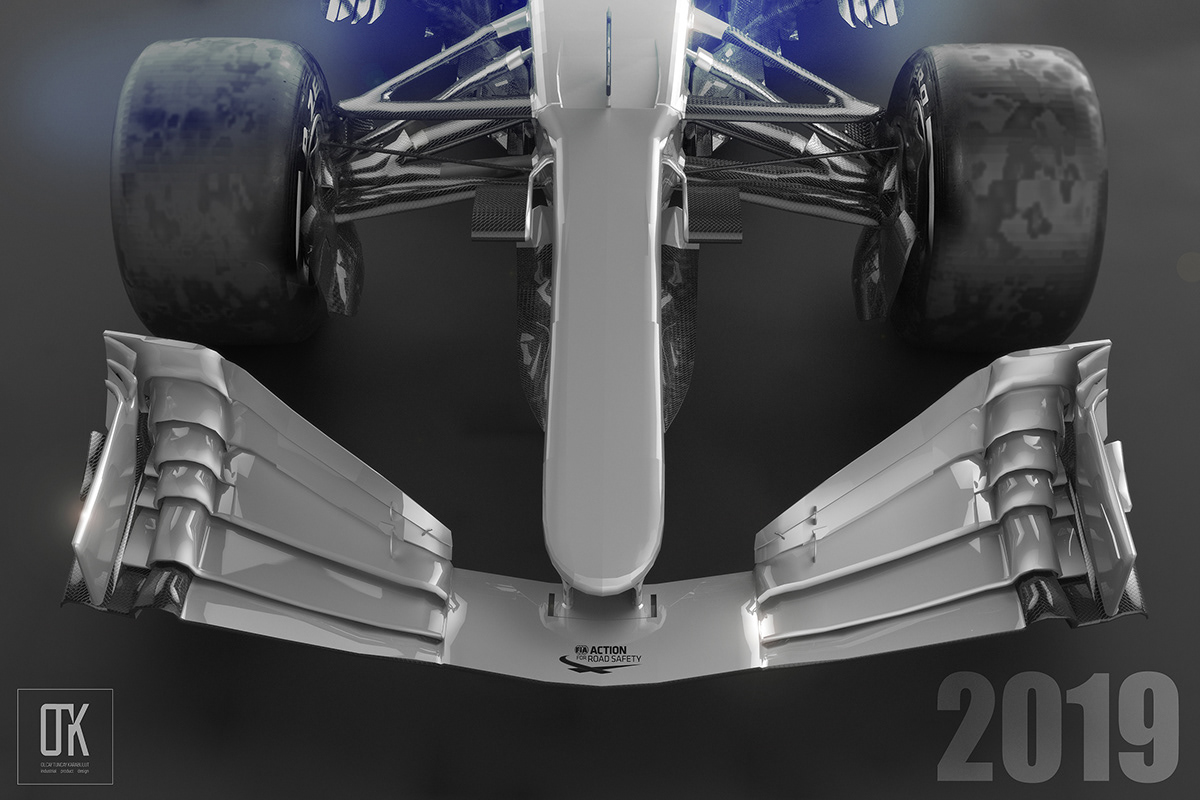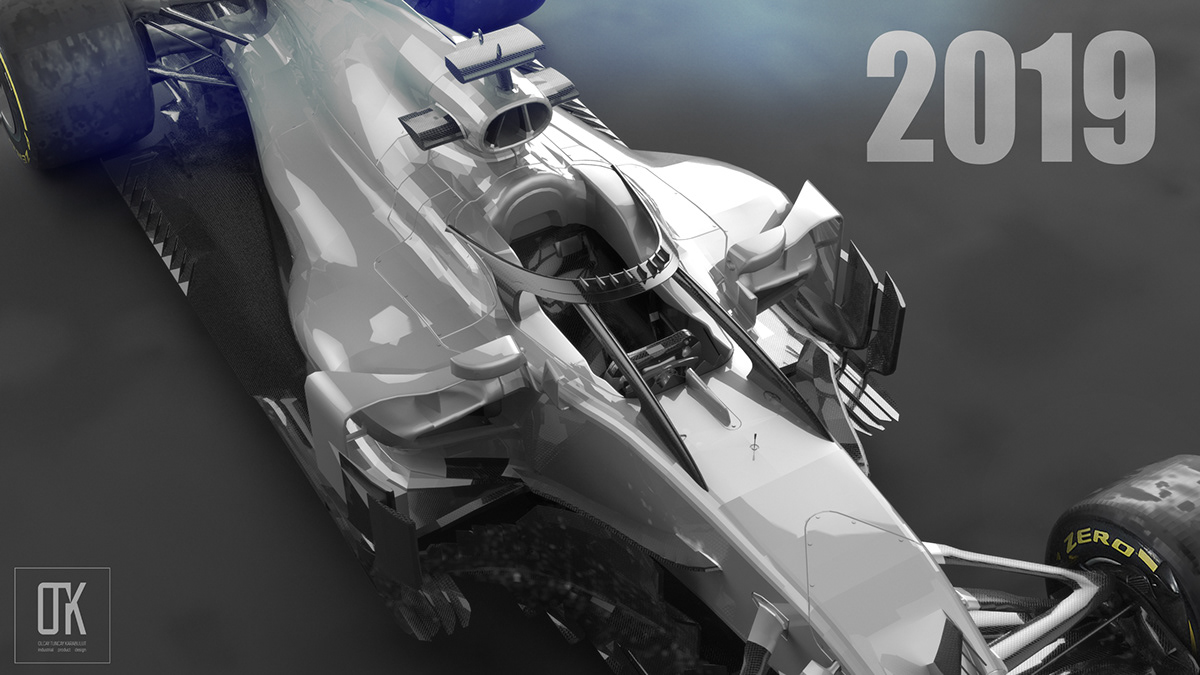Designed to help protect drivers while maintaining a traditional open-cockpit design, it's been roundly criticized by race teams and fans alike for its awkwardness. But how does it really look from the driver's seat, and how much will it change the sport?
F1's introduction of the Halo, a titanium structure wrapped in carbon fibre which sits above the drivers head, has been hugely controversial. Though intended to protect drivers from flying pieces of debris, the look of the device has been met with varying degrees of criticism in the paddock.Halo is designed to reduce the risk of serious head injury and follows years of painstaking research by the FIA following two incidents in 2009 -- one which caused the death of Henry Surtees after being struck by a tyre in a Formula 2 race, the other leaving then-Ferrari driver Felipe Massa with life-threatening injuries after being hit by a loose coil during practice for the Hungarian Grand Prix.
Halo was one of three cockpit protection concepts tested on F1 cars in the last two years, with devices known as the Aeroscreen and Shield also seen in practice sessions. However, when Sebastian Vettel's Shield test was cut short during practice for the British Grand Prix after complaints the device made him feel dizzy, Halo soon became the only viable option.











